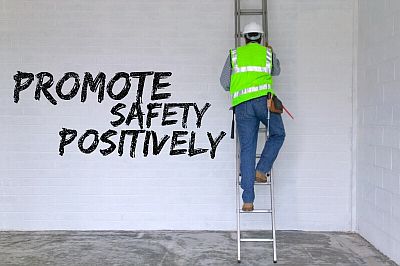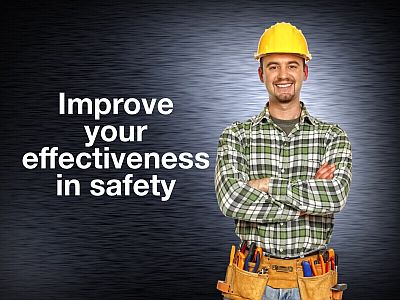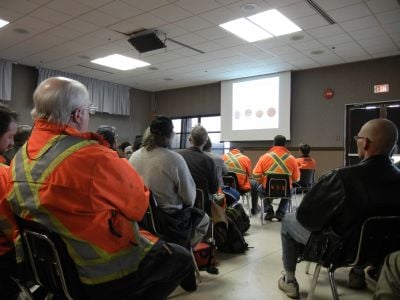Great safety performance doesn't happen by accident (pardon the pun). Well, it can happen for a little while by accident but it cannot sustain. There needs to be a wholistic approach taken to safety. Ensuring that front line supervisors get decent management and supervisory skills can create better performance. Add solid, interactive safety meetings, and safety messaging that builds a positive reinforcement of safety and you build better motivation for employees to want to be involved.
But, where does buy-in start? It starts in the relationship between employee and direct supervisor or safety person. In almost every instance, once an employee buys-in to their immediate boss, they are more likely to buy-in to what their boss is saying. When an employee has developed respect for their immediate boss, they are more willing to be influenced by that person. We allow ourselves to be influenced by the voices of those people we respect.
Supervisors without trust and respect are neither trusted nor respected. It's tough to convince people that safety is good for them if you don't have the employee's trust and respect. You have no influence without trust and respect. You may have authority but that doesn't translate into influence.
Group meetings called to address and fix individual behaviors is dangerous. That's like trying to address one person's time management skills by forcing the entire staff into a time management course. It punishes those who are doing it right, it demotivates the rest of the staff and it makes people want to hate safety.












